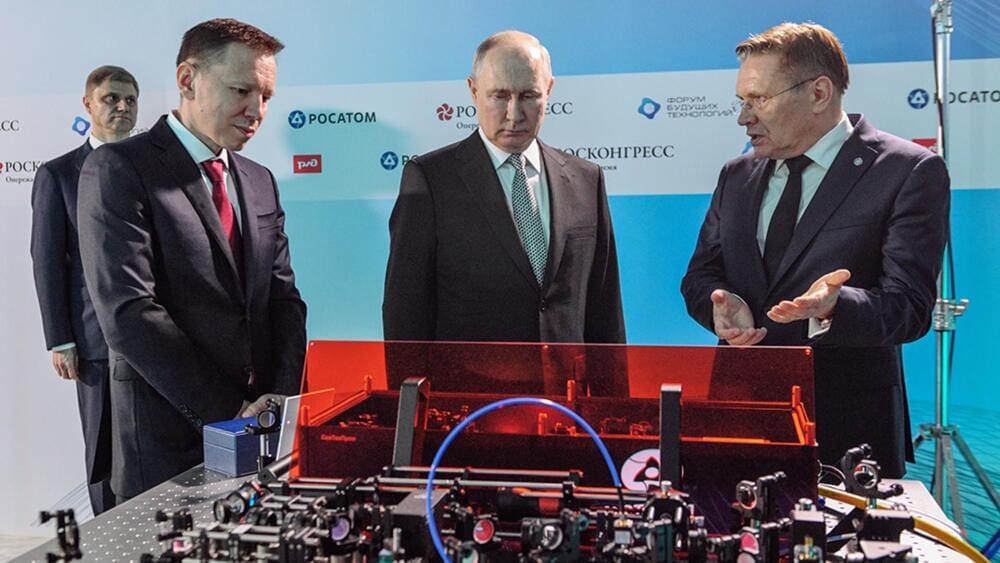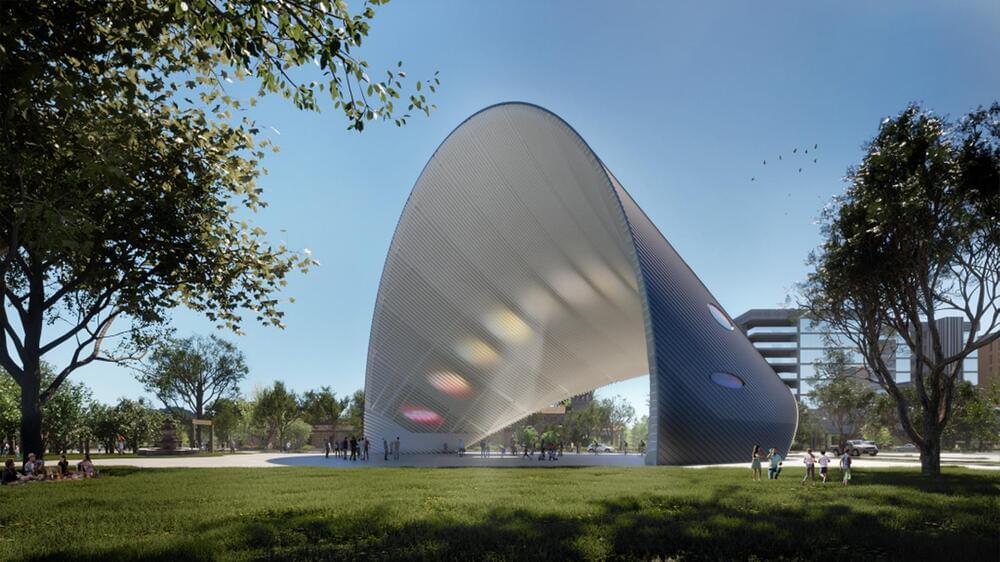The new supercomputer, made by the Silicon Valley start-up Cerebras, was unveiled as the A.I. boom drives demand for chips and computing power.




Various reports say the claim is far from true.
Russian scientists are claiming that they have created the most powerful quantum computer in the history of their nation. They even presented the computer to Russian President Vladimir Putin, who visited the exhibition of quantum technology achievements by Rosatom, the State Nuclear Energy Corporation.
But as per a report, the claim is far from true and the computer won’t be breaking modern encryption codes anytime soon.
Rosatom.
They even presented the computer to Russian President Vladimir Putin, who visited the exhibition of quantum technology achievements by Rosatom, the State Nuclear Energy Corporation.

It is believed that Apple is creating its large language model in competition with OpenAI’s GPT-3 and GPT-4, Google’s Bert and LaMDA, Meta’s LLaMa-1 and LLaMa-2, among others.
Whenever Apple launches a new product, its competitors, developers, and starry-eyed consumers take it very seriously. And with the veritable craze over artificial intelligence (AI) tools, it was only a matter of time before the iPhone creator came up with something explosive.
It is believed that Apple is creating its large language model (LLM) in competition with OpenAI’s GPT-3 and GPT-4, Google’s Bert and LaMDA, Meta’s LLaMa-1 and LLaMa-2, among others. It is also being learned that Apple has created a chatbot service… More.
Getty Images.
The estimate of 400 rogue planets comes from a nine-year-long survey called Microlensing Observations in Astrophysics (MOA).
The Nancy Roman Grace Telescope, an upcoming space observatory, might aid in the discovery of hundreds of rogue exoplanets.
Planets of this sort float freely through galaxies and are not gravitationally tied to any star system.

The technology is not aimed at streaming high-quality videos but is helping businesses become more competitive.
China built a whopping 600,000 5G base stations in the last three months as it raced to achieve its target of three million before the end of the year, the South China Morning Post.
5G is the terminology used to denote the fifth generation of mobile network technology that can support high-speed broadband internet with low latency. Unlike its predecessors, 5G mobile networks have massive network capacities and can deliver a uniform user experience.

The project, called the Arch of Time, will stand 100 feet tall and generate enough solar power every year to offset 40 Texans’ home energy use.
Berlin architect Riccardo Mariano has designed an innovative new project for the city of Houston, Texas, that will generate nearly 400,000 kWh of electricity every year while acting as a public sundial.
The project, named the Arco del Tiempo (Arch of Time), will be a 100-foot-tall triumphal archway that will serve as the gateway to the city’s East End, part of the Second Ward district for the city. It will have a roof covered in photovoltaic modules to produce electricity as well.
Researchers from Carnegie Mellon University have developed a new technique that could lead to faster and more efficient drone exploration.
A team of researchers from Carnegie Mellon University has successfully developed a new dual-mapping technique that could help robots explore areas faster and more efficiently. By producing both a site’s high-and low-resolution map, this new technique enables robots to explore areas using only a fraction of the computing power typically needed for a similar task.
ROBOTICS INSTITUTE, CARNEGIE MELLON UNIVERSITY
More efficient exploration.

Microsoft also has a collaboration with OpenAI, which mostly develops closed-source LLMs.
Meta has partnered with Microsoft to launch an open-source large language model like ChatGPT. Called LLaMa 2, it was trained on 40% more data in comparison to LLaMa 1, which Meta had launched in February.
What sets it apart from its competitors like OpenAI’s ChatGPT and Google’s Bard is that it’s open source.
By collaborating with Meta, which has always been a proponent of open-source models, Microsoft has its… More.
Instagram.
In a press release, Meta claims that LLaMa 2 has double the context length vs. LLaMa 1 and “outperforms” other LLMs like Falcon and MPT regarding reasoning, coding, proficiency, and knowledge tests.
It should be ready by the end of 2024 but can we take Musk’s word at face value when it comes to deadlines?
Tesla CEO Elon Musk has committed to spending a billion dollars to build the Dojo supercomputer over the next year, Bloomberg.
The FSD on Tesla is offered as a feature in “beta mode”, meaning it is far from being the advanced driver-assist system that Musk has declared it to be. Tesla has occasionally provided updates on the software, but many have pointed out the flaws in the design and how it cannot be trusted.